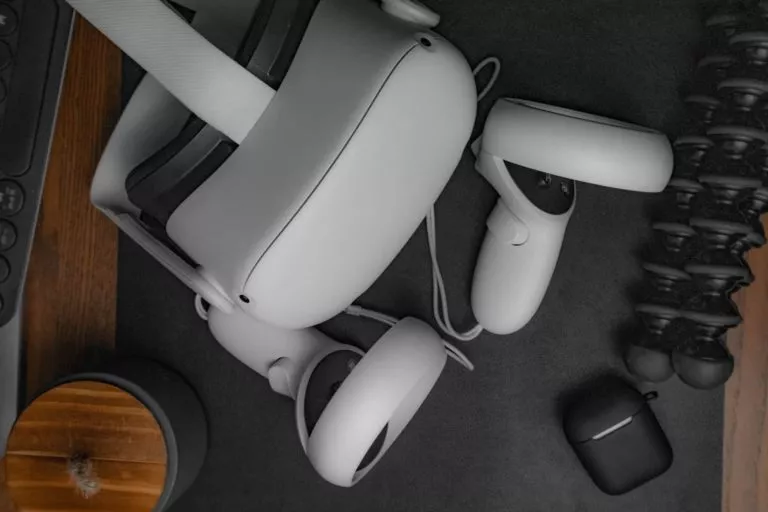
As you may have heard, Meta announced Q2 earnings last week. Meta Reality Labs’ (MRL) revenue declined, but Meta outperformed in a broader sense. Among other things, active users across apps (FB, Insta, etc.) total 3.88 billion, which is about half the world’s population.
Focusing on MRL, Q2 revenue was $276 million which is down 19 percent from Q1 (quarter-over-quarter) and 39 percent from Q2 2022 (year-over-year). The revenue decline was mostly due to the combination of a maturing Quest 2 and dampened discretionary consumer spending.
MRL expenses were meanwhile up 23 percent year over year to $4 billion, leading to Q2 operational losses of $3.7 billion. The growth in expenses was due to employee-related costs and R&D. Meta warns that the latter will continue to grow into 2024 as it invests in its future.
There’s a lot to be said about those escalating MRL expenses (more on that in a bit). But our main question is how Q2 revenue translates to VR unit sales. This is an exercise we’ve done every quarter for several years, which helps inform broader VR momentum and market sizing.
Data Dive
Diving in, Reality Labs made $276 million in Q2, as noted. Based on Meta’s past disclosures, we’ve extrapolated that VR software (game and app sales) is about 23 percent of that. That makes software revenue approximately $63.48 million*, leaving $212.52 million for hardware.
As we’ve estimated, headsets are about 92 percent of that, the rest being first-party accessories like head straps and face shields. That brings us to $195.51 million for headset sales. That’s both Quest 2 and Quest Pro, the former accounting for an estimated 90 percent of revenue.
For Quest 2…
Based on the above, Quest 2’s estimated revenue is $175.97 million. Considering an average unit price of $415** this means that Meta sold approximately 424,016 Quest 2s in Q2.
For Quest Pro…
Based on the above, Quest Pro’s estimated revenue is $19.55 million. Considering a Q2 unit price of $999 (the price dropped from $1,499 in Q1) this means that Meta sold approximately 19,571 Quest Pros in Q2.
Adding up both headsets, we get an estimated total of 443,587 units sold in Q2.
*This figure represents the Oculus Store’s gross revenue, before developer payouts, which are usually 70 percent after taxes.
**During Q2, Quest 2 base model (128GB) was $399 while the 256GB model was $429. This averages out at $415. In the past, we have reduced the mean due to weighted sales at the lower end, but a new pricing structure doubles storage for $30 more, thus incentivizing the higher end and evening out the sales mix.
The Bigger Picture
Back to the bigger picture, MRL is down but Meta overall is up. Though this seems like bad news for MRL, broader financial gains in Q2 serve the division well. In other words, Meta won’t be slammed so much on PR levels for investing in passion projects while the ship was sinking.
Now that it has righted the ship, big investments in emerging tech aren’t such a bad look. Combine that with the fact that Meta has turned the volume down on its metaverse ambitions. Work still continues at MRL, but Meta has learned not to trumpet those efforts so loudly.
All of the above speaks on PR levels. In a practical sense, a declining core business is exactly the time to be building lifeboats. And that’s what MRL is – a necessary investment to future-proof the company. This will continue, though quieter and pared back to some degree.
Moreover, Meta’s investments in VR hardware and an operating system make it a bonafide platform. That engenders vertical integration and less dependence on having to piggyback on others’ platforms (read: iOS and Android). Meta has learned this lesson the hard way.
Bottom line: amidst all the schadenfreude, Meta continues to build for the long haul… though it’s following Wall Street signals (rightly so) to lower the volume on the Metaverse. The important part is that it’s using today’s dollars to build tomorrow’s business, now more judiciously.

